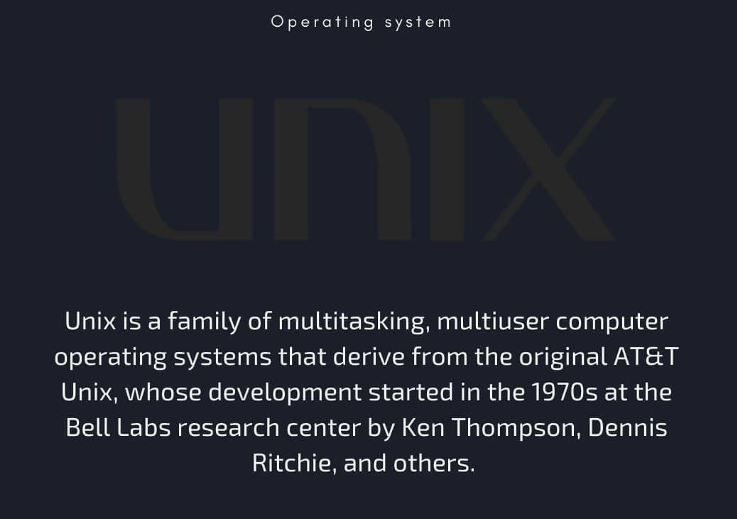Education Desk, Delhi Magazine: UNIX is a foundational operating system known for its stability, security, and flexibility. Its design principles have influenced the development of many other operating systems, including Linux, which shares many similarities with UNIX.
1. Introduction:
- UNIX is a powerful and versatile operating system that originated in the 1960s and 1970s at Bell Labs (AT&T).
- It was designed to be a multiuser, multitasking, and portable operating system.
2. Key Characteristics:
- Multiuser System:
- Allows multiple users to log in and use the system simultaneously.
- Each user has their own account and workspace.
- Multitasking:
- Capable of executing multiple processes concurrently.
- Users can run several programs simultaneously.
- Portability:
- Designed to be easily portable across different hardware platforms.
- POSIX (Portable Operating System Interface) standards ensure compatibility.
- Hierarchical File System:
- Files are organized in a hierarchical directory structure.
- Each file and directory has a unique path from the root directory.
- Shell:
- Command-line interface that allows users to interact with the system.
- Various shells are available (e.g., Bash, C-shell) with scripting capabilities.
3. Components of UNIX:
- Kernel:
- Kernel is the core of the operating system that manages system resources and communicates with hardware.
- Shell:
- The user interface for interacting with the operating system.
- Processes user commands and launches programs.
- Utilities:
- Collection of command-line tools for performing various tasks (e.g., file manipulation, text processing).
- File System:
- A hierarchical structure that organizes files and directories.
- Uses inodes to represent files and directories.
4. File Permissions:
- UNIX employs a robust file permission system with read, write, and execute permissions for the owner, group, and others.
5. Networking:
- UNIX has strong networking capabilities, supporting TCP/IP protocols.
- Commonly used in server environments and for networking tasks.
6. Variants of UNIX:
- Numerous UNIX variants exist, including commercial versions like AIX, HP-UX, and Solaris, as well as open-source variants like Linux and BSD.
7. Programming Environment:
- Supports a variety of programming languages (C, C++, Perl, Shell scripting).
- Development tools and compilers are available.
8. Security:
- UNIX provides a robust security model with user authentication, file permissions, and access control lists.
9. Legacy and Modern Usage:
- UNIX has a rich history and continues to be widely used in various domains, including servers, scientific computing, and embedded systems.

